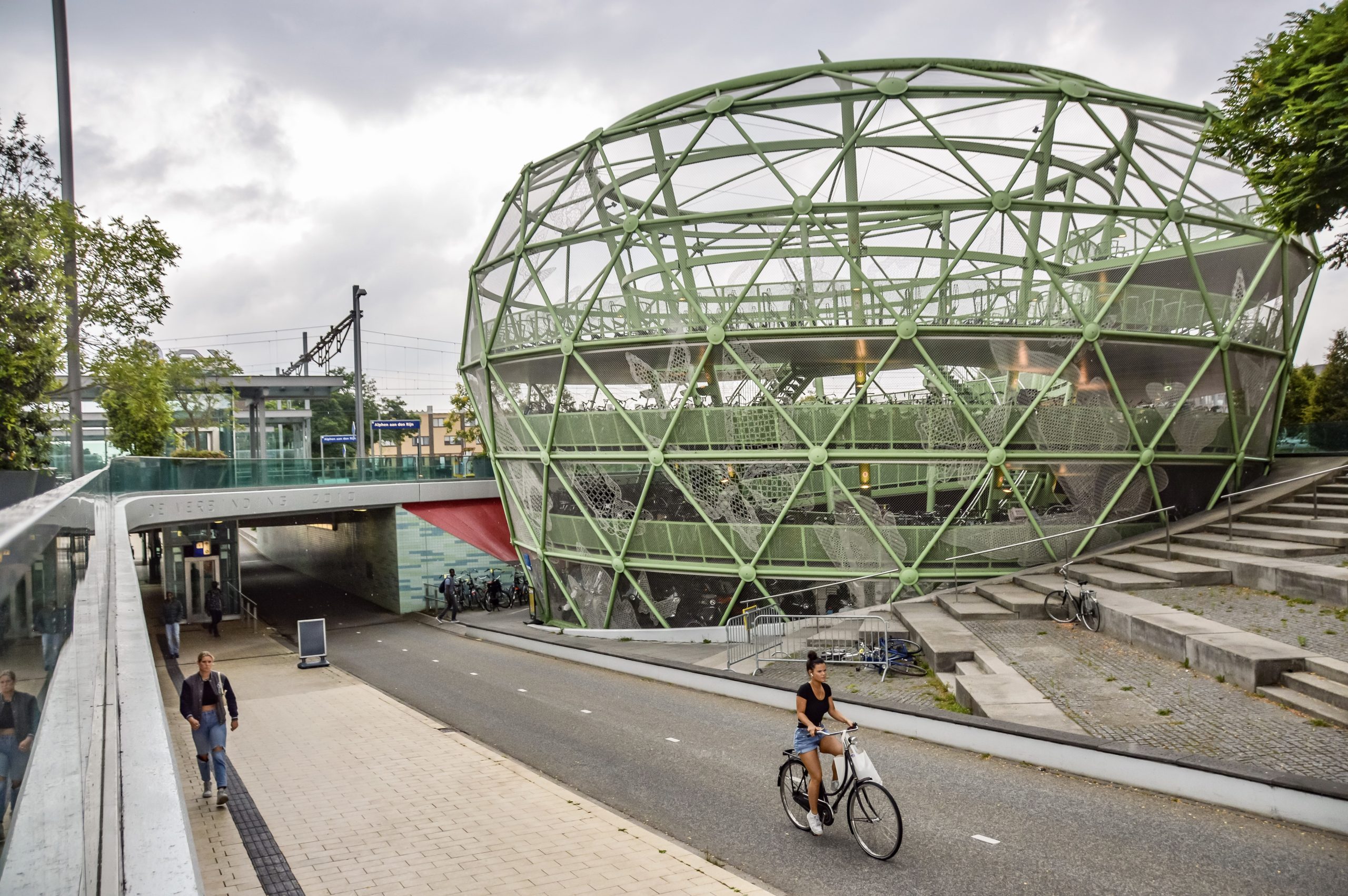Guide to Safe Bicycle Lane Design Principles
9 November 2021DCE collaborates with WRI Ross Center for Sustainable Cities and League of American Bicyclists on new guide.
Cycling has become a popular, resilient and reliable travel option during the pandemic in cities around the globe. The implementation of emergent, or pop-up, bike lanes has received an overwhelming response since early 2020 and has also created a growing desire for safe and efficient bicycle infrastructure. Between March and July 2020, 394 cities, states and countries reported interventions that reallocated street space for people to cycle and walk more easily, directly and safely. This shift to cycling comes at a perfect time when cities have been making efforts to meet greenhouse gas emissions reduction targets.
Pop-up bike lanes are typically implemented with temporary materials to segregate a traffic lane for the use of cyclists only. Despite this initial temporary condition, any new cycling infrastructure must be designed and implemented thoughtfully and to the highest standards to reduce or eliminate risks that cyclists face during trips, especially novice cyclists who might be biking in the city for the first time. When a crash occurs between a vehicle and a bicycle, it’s the cyclist who is most likely to be injured. According to the WHO, every year 41,000 cyclists die in road traffic-related incidents worldwide, representing 3% of global road traffic deaths.
Temporary and quickly designed bike lanes should not compromise on safety. Bike lanes that are deployed now may have a significant impact on travel patterns and safety in cities for years to come, especially as the broad range of temporary materials available can be rapidly installed yet offer a semipermanent solution.
For this reason, it is important to get the design and planning right. And right means safe. This guidance equips government agencies, designers, and civil society organizations that are participating in the health crisis response with an understanding of how to protect cyclists through safe and appropriate design. Cities are investing considerable effort and resources to implement safe cycling lanes under very challenging conditions, and this energy should not be wasted.
The guidance provided here is based on the broad experience of the global team of authors, led by the WRI Ross Center for Sustainable Cities in collaboration with the Dutch Cycling Embassy, the League of American Bicyclists, Urban Cycle Planning (Denmark), and Asplan Viak (Norway).


